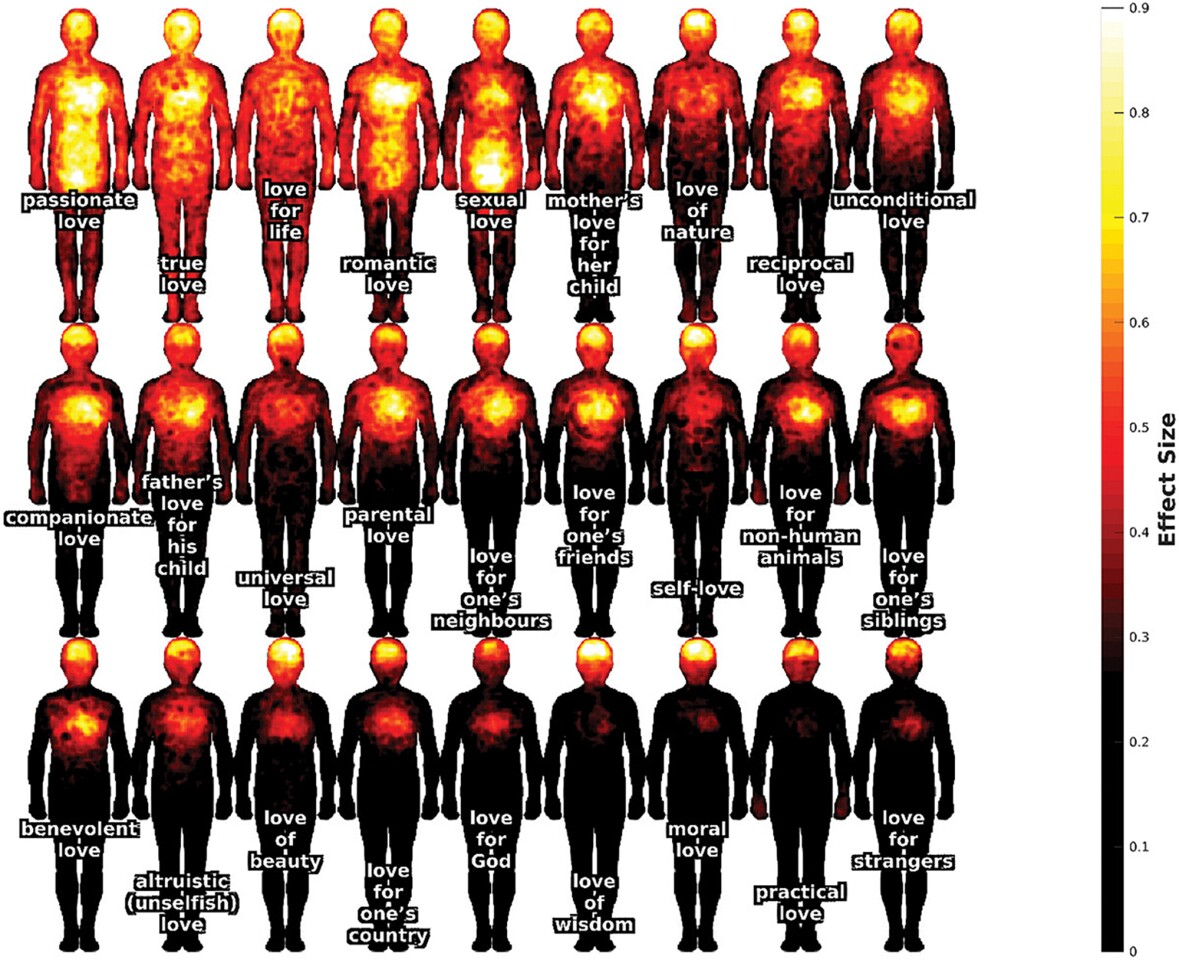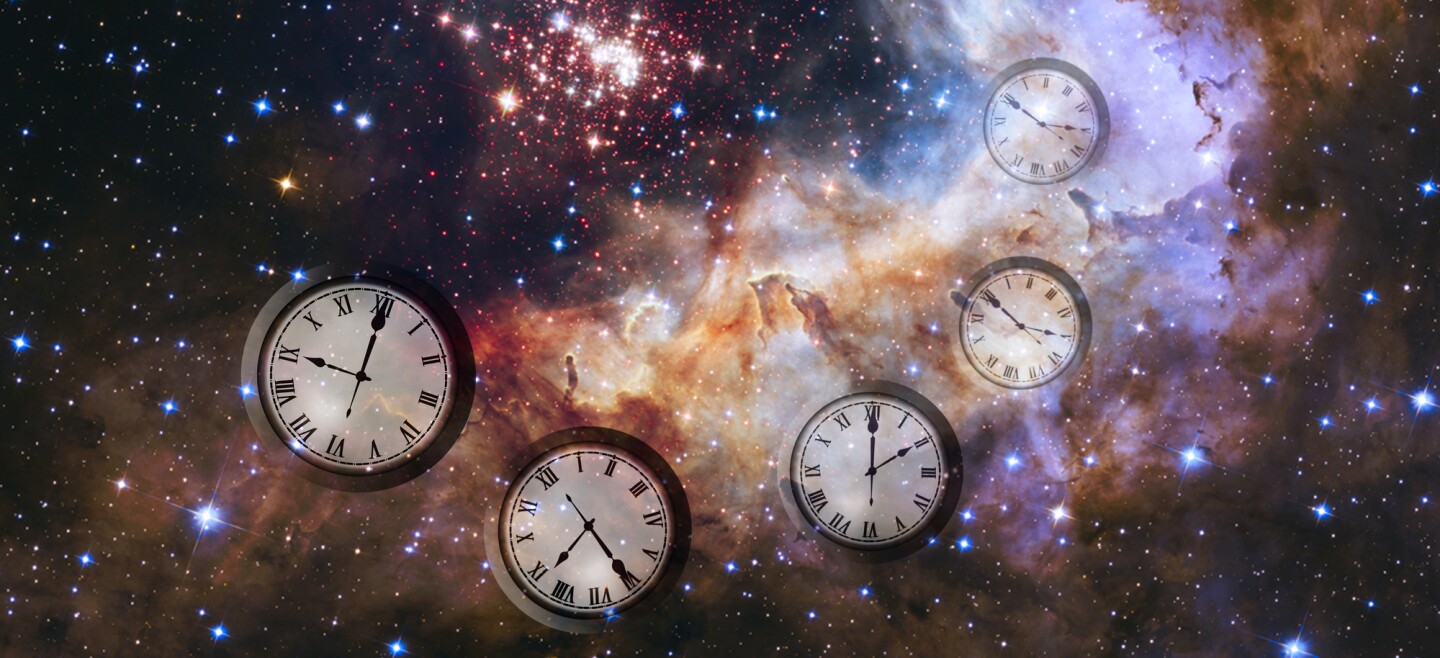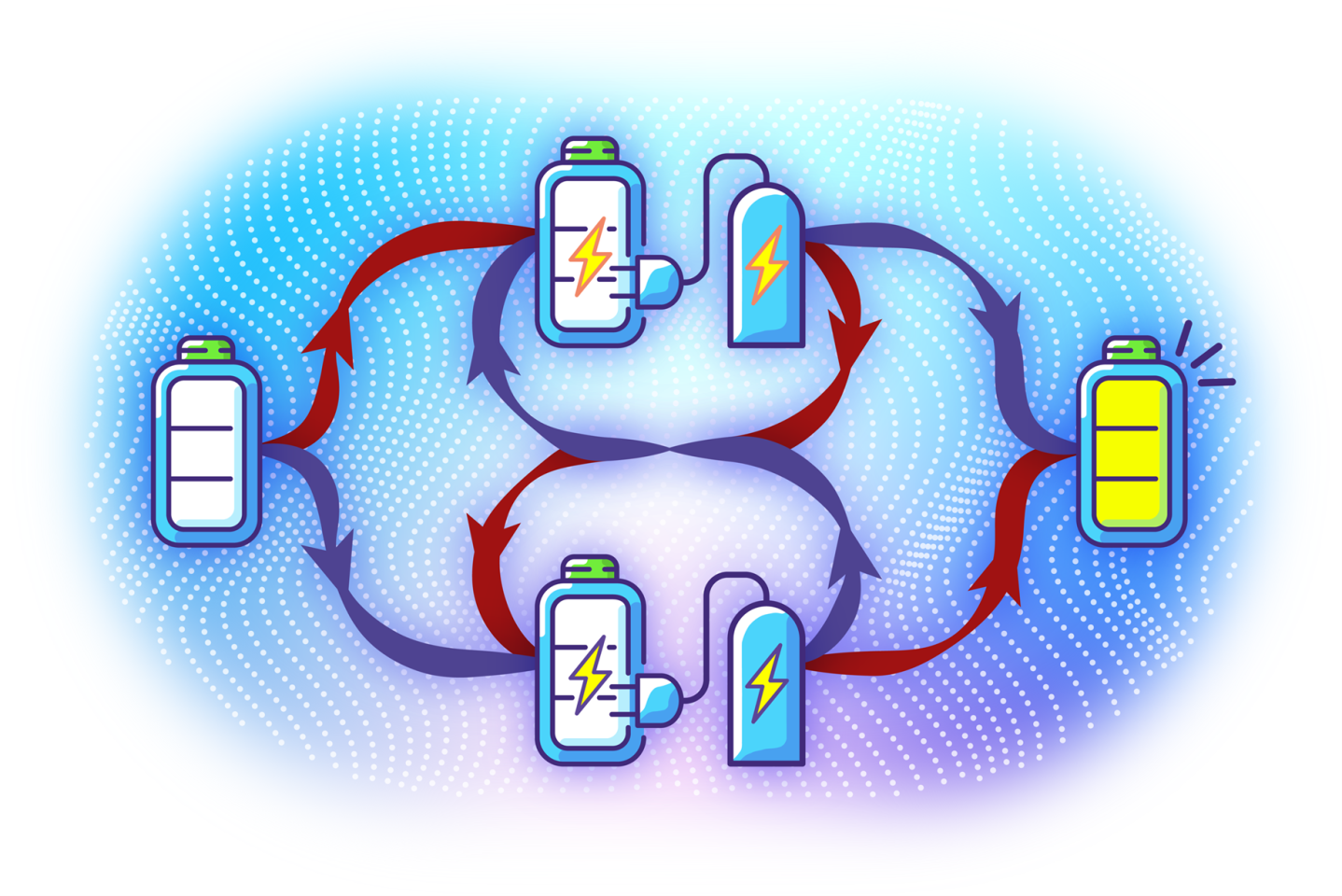Some scientists are working to tackle climate change or cure cancer, but others are more focused on figuring out if time travel really would follow Back to the Future rules. From where “love” is felt in the body, to the scientific value of giant piles of bird poop, and talking to whales as practice for understanding aliens, here are the top 10 weirdest science stories of 2023.
Brainy computers

Nothing says “mad scientist” like experimenting on a brain in a jar, and this year researchers got unnervingly close to that cliche. An Australian company called Cortical Labs has been growing human brain tissue from stem cells, hooking them up to computer chips, raising the neurons in simulations and teaching them to perform computing tasks and even play Pong.
Another team developed “Brainoware” by growing brain organoids – literally mini 3D brains – and taught them to recognize voices and perform mathematical tasks. While these systems are still too early to display anything close to consciousness, we better get ready to set some ethical guidelines.
Did James Webb spot stars made of dark matter?

With the James Webb Space Telescope able to look deeper into the cosmos than any other instrument before it, we always ran the risk of spotting some truly disturbing things out in the abyss. Of course, the Lovecraftian horrors began pouring in almost as soon as the thing was switched on.
Webb just kept spotting giant, ancient galaxies that break our understanding of how the universe formed. Rather than risk messing with the Jenga tower that is the Standard Model of Cosmology, some astrophysicists suggested that what we’re really seeing are “dark stars” – hypothetical objects that generate heat from dark matter particles annihilating in the core.
These monsters would be 10,000 times wider than the Sun, 10 million times heavier and 10 billion times brighter (albeit in infrared), which could make them look like galaxies from this distance. Intriguing as the idea is, it’s super speculative – but thankfully testable, so we might have an answer soon.
Eerie AI dreams
The world of AI moves so insanely fast that it’s hard to believe that it was only a few months ago that we were laughing at the surreal results of its video generation attempts, rather than lamenting the impending death of every creative industry it touches.
Systems like ModelScope and Runway’s Gen-2 were designed to churn out short videos based on text prompts – and the results are terrifying fever dreams that dig the Uncanny Valley to Mariana Trench depths. We end up with celebrities that look like they were drawn from memory by blindfolded toddlers, chowing down on spaghetti in blatant violation of biology. Or blokes at a backyard barbecue double-teaming amorphous blobs of beer while their friends unhinge their jaws in a silent mockery of laughter.
It’s weird to feel nostalgic for a brief time when the nightmare dystopia wrought by AI was at least funny, but here we are.
Wardrobe wards off AI

AI might also end up driving fashion trends – but not in the way you’d think. Italian fashion company Capable released a colorful clothing line that will not only catch human eyes but fool AI ones. The flamboyant patterns are designed to scramble AI object recognition algorithms, so they write off the wearer as a giraffe or a zebra and don’t bother running the facial recognition systems increasingly creeping into public spaces.
It’s pretty pricey and probably easily countered by new tech, but at least it tries to make the dystopian future fashion more fun than an old trench coat and a hacky Guy Fawkes mask.
Calling all aliens

Scientists recently made contact with a “non-human intelligence” – but before you get your hopes up, it’s not aliens. At least, not yet. Basically, they just chatted to a whale, in the whale language, as practice for if and when we do eventually meet aliens.
The team called it the first ever communicative exchange between humans and whales, but all they really did was broadcast a recording of a whale saying “hi” over and over, until the whale got bored and swam off.
The idea is that scientists could make the whale chats more interactive, which could one day help us develop filters that can spot rule structures in any alien messages we receive. Hopefully, with the help of whales we might be able to make our first Close Encounters of the Third Kind more like Arrival and less like Mars Attacks.
Where is love? (Baby don’t hurt me)

Even the Grinchiest of us feel love of some kind, even if it’s just for your dog. Scientists have now gone to the trouble of mapping out where in the body people feel 27 different kinds of love, and how strongly. Participants were asked to color it in on a human silhouette, and explain how pleasant and intense it was physically and mentally.
Every single type of love was felt in the head, and most, unsurprisingly, were also felt in the chest. Love for your children or parents was intense around the heart, while sexual love was strongest a bit south of that. Strength varied by type, too – love of beauty, wisdom, God, strangers or country was mostly in the head, while for true love people seemed to just scribble the whole body in.
Expectations are probably feeding people’s responses a bit here, but it’s nice to have a (literally) feel-good science story sometimes.
Time used to tick slower

It’s not just you – time is speeding up. Physicists studied the “ticking” of quasars billions of years away in space and time, and found that one ancient second is the equivalent of five “modern” seconds.
It wouldn’t have felt slower to anyone alive back then, though – it’s all relative, as they say, and if they could have looked at us in the “future” they’d wonder why we were all zipping around in such a hurry.
The phenomenon is a result of time dilation, which arises as relativistic effects warp the fabric of space time. Yes, exactly like that planet orbiting the black hole in Interstellar.
What can we learn from a mountain of bird poo

On a cliff face in Argentina is a site that’s not likely to make the list of attractions on a tourist website – a huge pile of poop. Unless of course, you’re a scientist.
That deposit was laid down by generations of Andean condors returning to the same nesting spot year after year, and when scientists cracked open that crusty cake they discovered it actually preserved 2,200 years of history. Studying it layer by layer, the team found that early on the birds mostly feasted on carrion of native species, but after European settlers arrived they developed a taste for sheep and cows. They could even tell that the condors abandoned the site for a few centuries and took their business elsewhere, during a period that lined up with volcanic activity in the area.
The genetic mystery of a woman who feels no pain

Jo Cameron is a Scottish woman who feels next to no pain, fear or anxiety, and whose wounds healed faster than normal. Her superpower was only discovered in her 60s, but when scientists investigated she wasn’t bitten by a radioactive Tylenol – instead, they tracked it mostly to mutations in two genes, named FAAH and FAAH-OUT. Hundreds of other genes were being suppressed or heightened too, including those associated with wound healing, mood regulation and opioid levels.
It sounds like a pretty good deal to us. But at least the find could help scientists develop new treatments for pain relief or mental health symptoms.
Powered by paradoxes

It seems like you can just chuck the word “quantum” in front of anything and invent some crazy new sci-fi tech. The latest case in point: quantum batteries, which are, to phrase it in a way that’s not entirely accurate but sounds coolest, powered by paradoxes.
Cause-and-effect are baked into our understanding of the universe – if you drop a glass, for example, that will cause it to smash. But that doesn’t necessarily apply in the quantum world, where maybe you dropped the glass because it was already smashed. And this year, scientists tapped into that bizarre phenomenon to make a battery that charges faster and more efficiently.
Basically, in the quantum battery causality can exist in a superposition of forwards and backwards at the same time. This led to another weird effect where a lower-power charger could top up the battery more efficiently than a high-power one. So yes, this battery charges by breaking our understanding of the flow of time itself.













